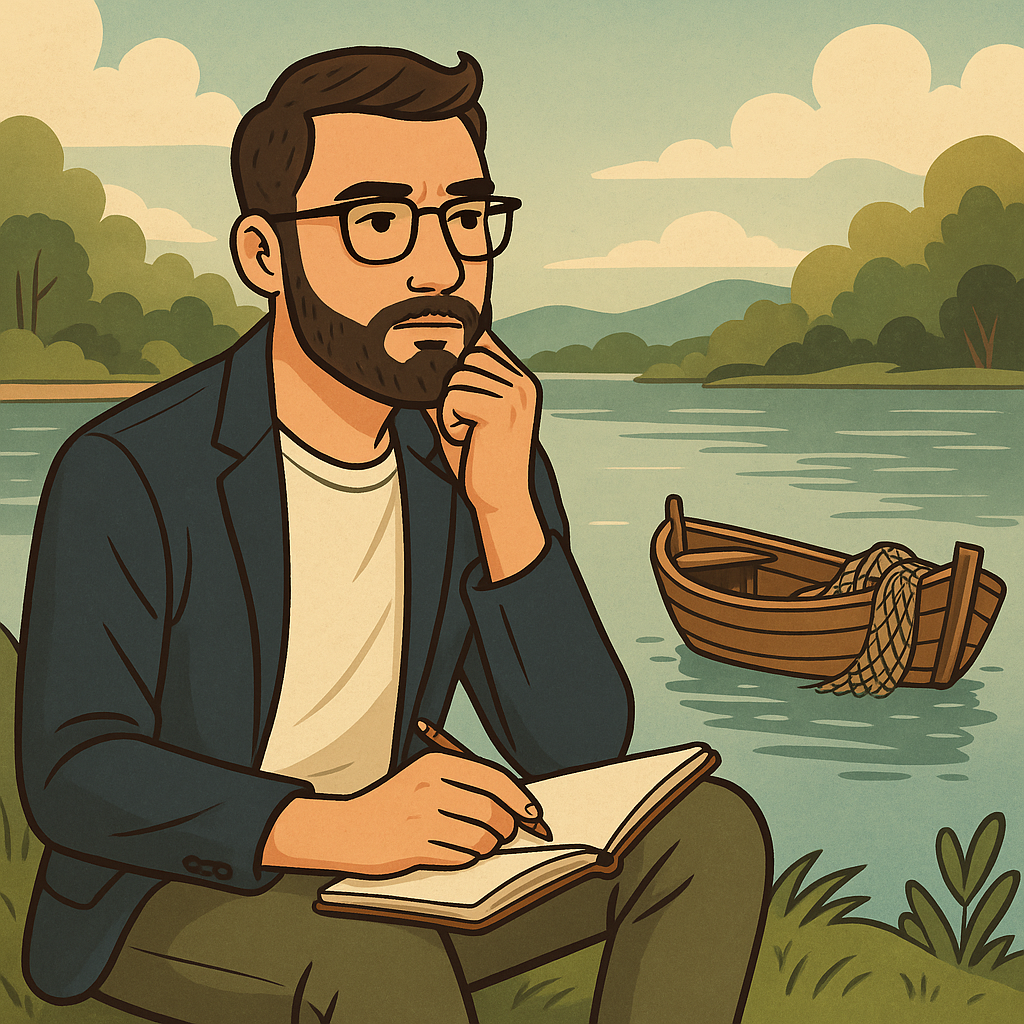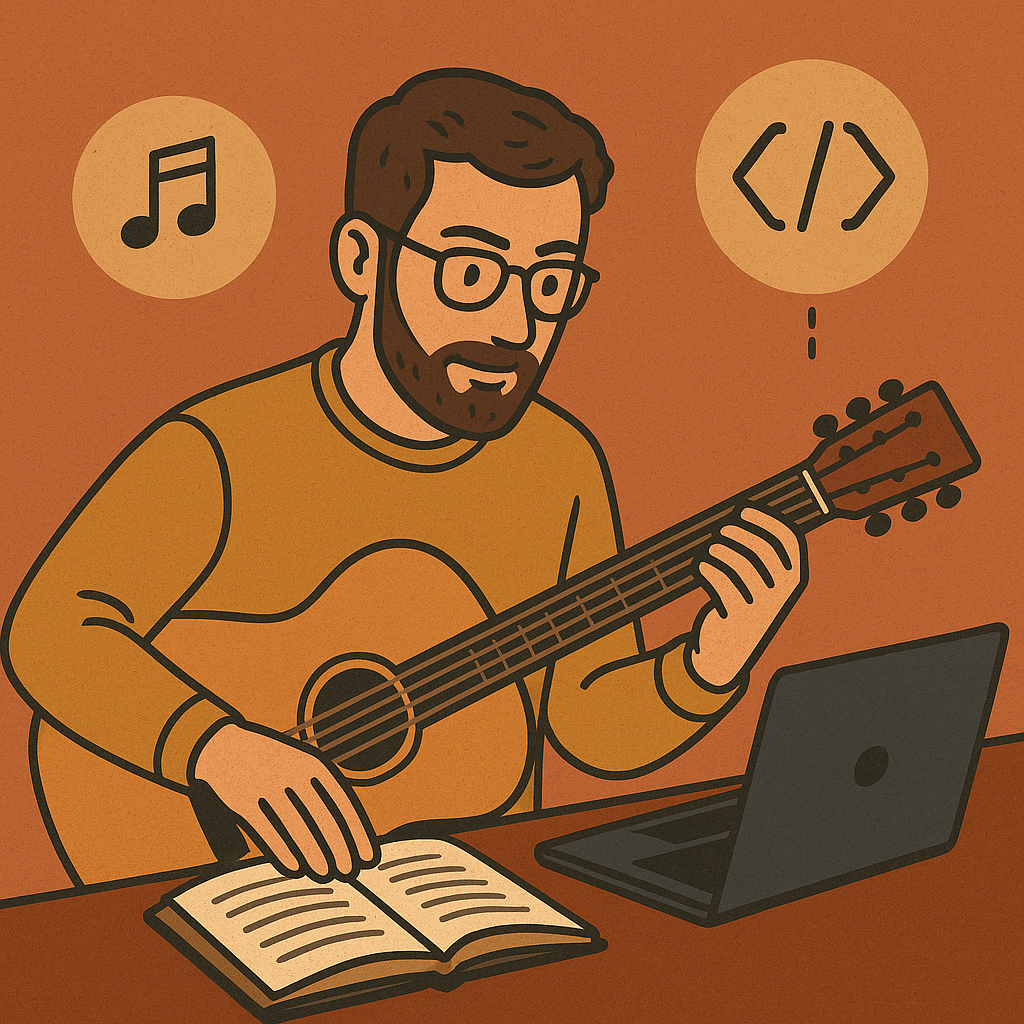From an early age, I was always trying to figure out where I truly belonged in the world. I often wondered what my life would look like when I got older. But the truth is, I never had a clear vision of being in a specific place or following a particular path. I just had a general idea of what I liked and went with the flow.

Looking back, I’ve always found success when I doubled down on the things that came naturally to me. On the other hand, I almost always failed when I tried to force myself into something I wanted to do—things that sounded great in theory but didn’t really click with who I was. Sometimes I wondered if that was a lack of talent or just poor judgment. But over time, I realized it wasn’t really about either. I was only good at the things I could truly obsess over—things I couldn’t stop thinking about. Everything else was just a passing phase or a short-lived interest.
It took me a while to accept that. For a long time, I felt like I wasn’t trying hard enough. That maybe my effort was being wasted. But one of the most important lessons I’ve learned is this: you can’t force your way into something. You have to let things unfold, find your rhythm, and recognize what sticks. That’s where real success begins.
For me, that usually means being immersed in something for a long time—thinking about it constantly, revisiting it regularly, and refining it with meaningful iteration. Take this blog, for example. I never force myself to write. But every now and then, when I have time and feel inspired, I sit down to write for my future self—and for you, my visiting friend—with sincerity and good intentions.
There’s a saying that goes, “Fishermen mend their nets when there’s no work for them.” I think that’s a beautiful metaphor for life. Investing in yourself and your skills is the best way to create your own luck. Because when opportunity shows up, you’ll be ready.
And that’s the key: be prepared—and when the moment comes, go all in and make it count.
Cheers!
